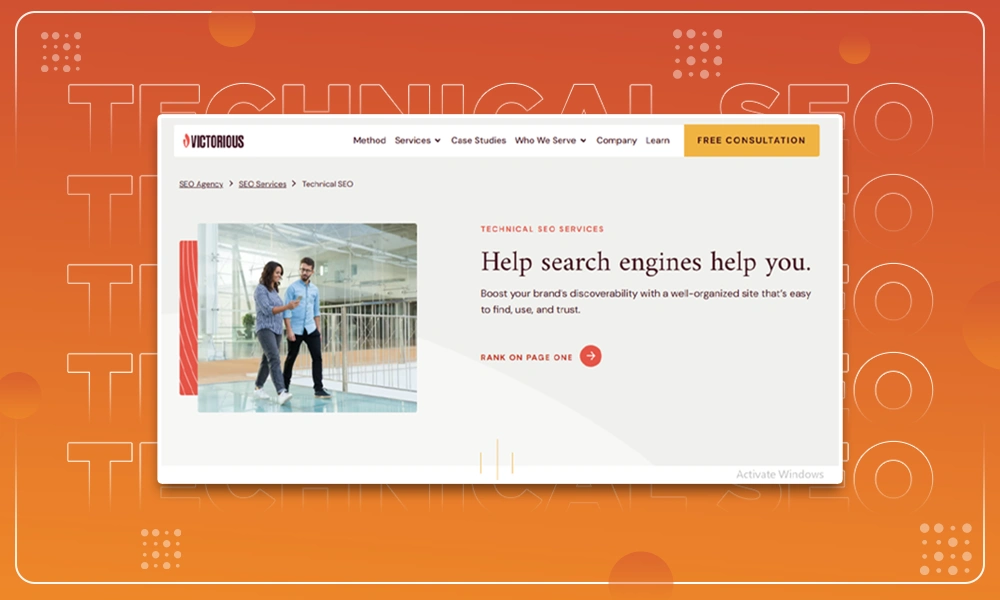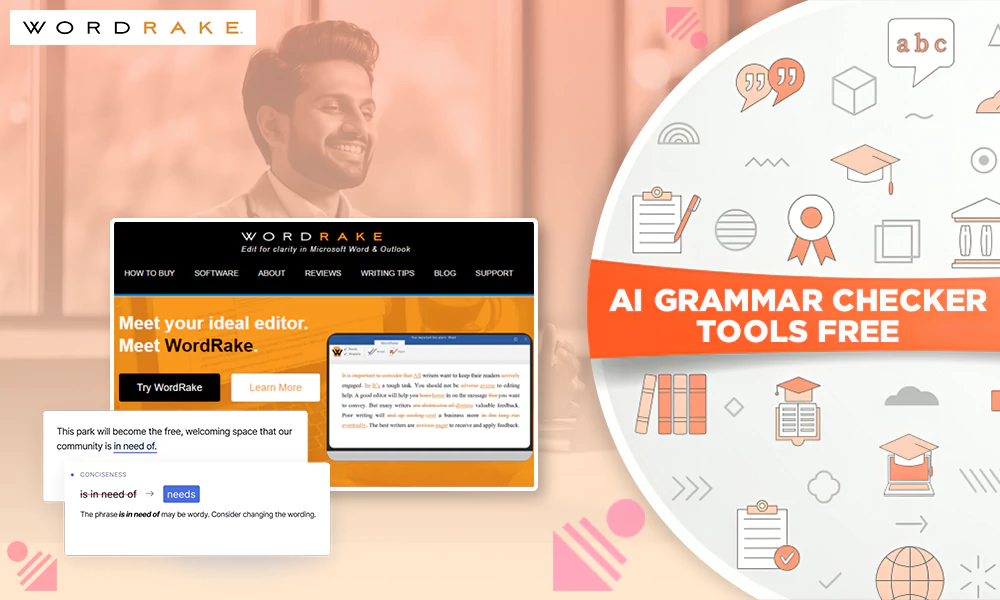Criteria for choosing the best life insurance policy

Choosing the correct life insurance coverage is an important choice that will bring financial stability and peace of mind to you and your family. Life insurance is more than just leaving an inheritance or covering bills after death; it is about guaranteeing that your loved ones can continue their lifestyle and achieve their long-term goals even in your absence. To make this critical decision, examine the following complete criteria. Going through will help zero in on the best life insurance policy –
Assess your needs
Analysing your life insurance needs involves understanding your current financial state and future obligations. Think about who depends on you financially, such as a spouse, children, or ageing parents. Also, factor in debt of mortgages or loans which should be cleared in case of any eventuality. Think about future needs like higher education funds or retirement savings for your loved one. Through the comprehensive assessment, you can estimate how much policy coverage is needed to maintain your family’s current lifestyle if you are no longer able to provide for them.
Type of policy
Life insurance comes primarily in two types: short-term and long-term. Term life insurance is designed for a given period (e.g., 10, 20, or 30 years) and is generally cheaper than other types. Hence, for temporary and important financial obligations, it is a good solution. Unlike term life insurance, permanent life insurance is permanent and has an investment account that builds cash value. This one is advantageous for those wishing for stability and the possibility of building up wealth.
Coverage amount
The amount of coverage must be enough to repay all major debts and financial obligations, like your mortgage, personal loans, children’s education, and your spouse’s retirement. One of the frequently given suggestions is to have a life insurance payout that is 10-15 times your annual salary, but this may differ from one situation to another.
Premium affordability
You must pick a premium that matches your budget to prevent any scenarios of lapses in the payment. Premiums are usually lower for young and healthy individuals, and they go up with age, and when health problems become apparent. Thus, locking a life insurance policy at a younger age may be cost-effective in the long run.
Policy term
The duration of the policy should be the same as the period when your dependents are financially vulnerable. For young families, a longer term might be necessary to secure coverage until children become self-sufficient or a lot of debts are paid down.
Underwriting process
The underwriting process is when an insurance company reviews the risk and decides if you qualify and what rate you will pay. Conventional policies entail medical examinations and detailed health records. Nevertheless, some insurers offer policies with streamlined underwriting which can be obtained without medical exams but could cost more because of the higher risk the insurance company is taking.
Financial strength of the insurer
The insurer’s financial stability is the key factor because it determines the insurer’s ability to pay for the coverage. Organisations provide ratings that show the financial health and claims-paying capacity of insurers. The rating of the company you pick can help you determine how reliable your policy is going to be.
Riders and benefits
Policyholders may add to their policy additional benefits for extra insurance protection. For example, a critical illness rider pays the benefit as a lump sum if you are diagnosed with one of the listed conditions. Accidental death riders grant an extra payout in case of death from an accident, and waiver of premium riders waive premium payments if you can’t work because of a disability.
Flexibility
Under some policies, you are allowed to make changes during the term, like increasing the death benefit or changing the premiums. Such flexibility is beneficial as your financial circumstances and requirements change from time to time.
Conversion features
Quite a lot of term policies provide this conversion feature which gives you the flexibility of moving to a permanent policy without you undergoing further medical examinations. It can be an advantage when your health deteriorates, and you are no longer insurable.
Claim settlement ratio
The claim settlement ratio reflects what percentage of claims an insurer has paid out. A high ratio indicates that insurance keeps its promises, making it more reputable and trustworthy.
Cost of insurance
Like you compare health insurance plans, the costs of life plans from several insurers must be compared to guarantee you are obtaining reasonable rates for the coverage you require. Remember to analyse not just the premiums, but also the advantages that each coverage provides.
Customer service
Evaluate the insurer’s customer service by looking at other people’s experiences, particularly with claim filing and help. Efficient, helpful customer service is critical for a good experience, especially during stressful moments such as submitting a claim.
Policy reviews and updates
Your insurance needs may vary as your life circumstances do. Choose a policy that allows for frequent assessments and modifications to ensure that your coverage meets your current needs.
Tax benefits
Most life insurance payouts are tax-free, which provides a substantial financial advantage. Understanding the exact tax consequences will allow you to plan for and maximise those benefits.
Finally, selecting the appropriate life insurance is a critical step towards protecting your family’s financial future. A well-chosen life insurance policy not only provides peace of mind but also serves as a financial safety net, guaranteeing that your loved ones are cared for in the case of your untimely death. It’s more than simply a wise financial decision; it’s a demonstration of love and responsibility to people who matter most. By carefully examining the above factors, you may choose a policy that best matches your needs and delivers the security you need.
Furthermore, it is critical to monitor and maybe upgrade your life insurance policy as your circumstances change. Marriage, childbirth, and property ownership can all have a big influence on your financial obligations and coverage requirements. Staying proactive in modifying your insurance ensures that it stays current and comprehensive, responding to your changing financial scenario while also providing continuing security for your family.









